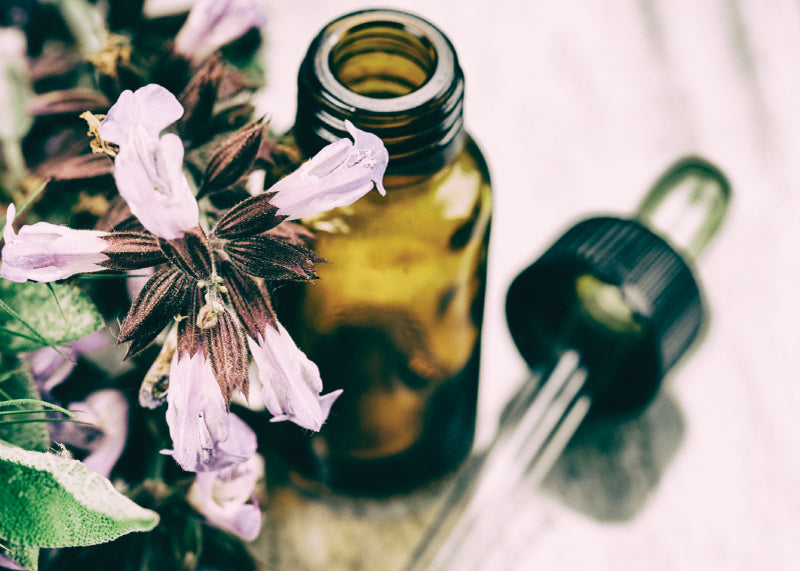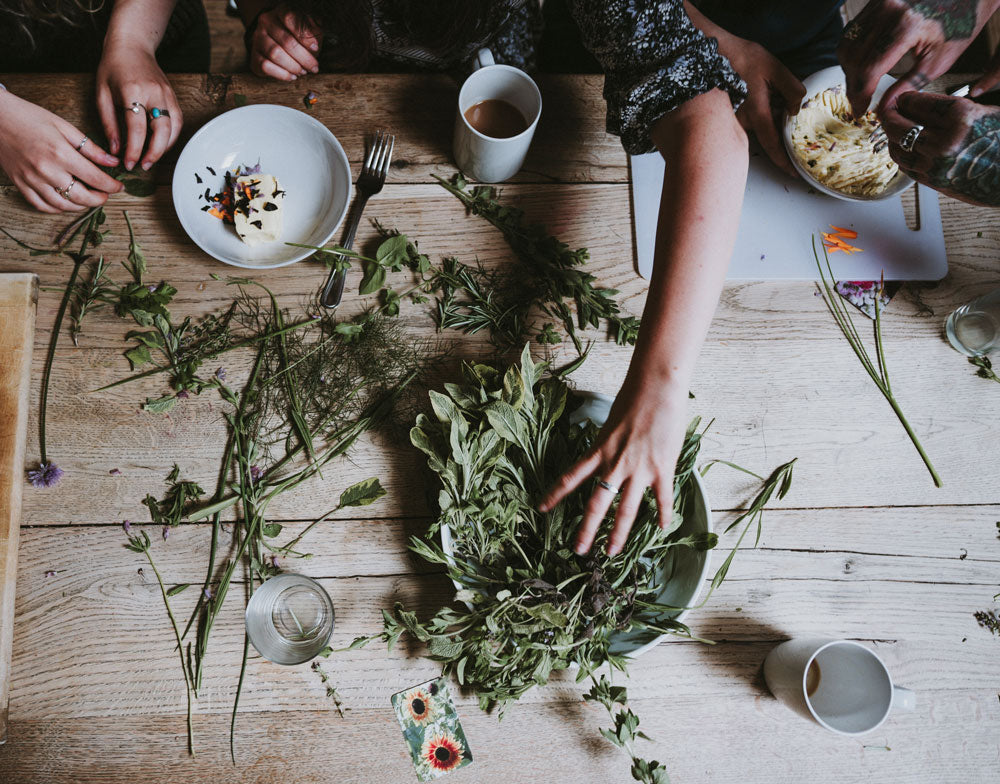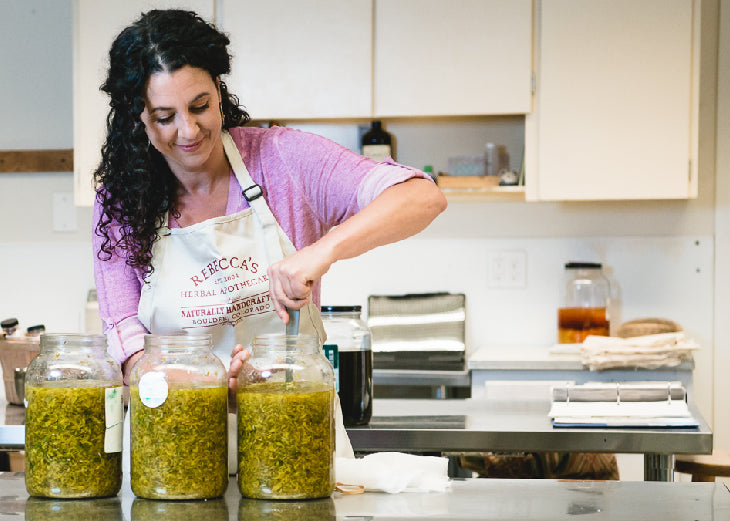Herb Article
Chrysanthemum
Lauren Stauber, certified clinical herbalist

Herb
Chrysanthemum
Latin Name
Chrysanthemum morifolium, C. indicum, and other species. Also known as Juhua (C. morifolium), Yejuhua (C. indicum or "wild" Chrysanthemum), Huangjuhua (yellow flower), Baijuhua or Chujuhua (white flower)
Family
Asteraceae (Compositae)
Parts used
Flower
Medicinal Properties
Chrysanthemum has been appreciated and cultivated for its beauty, pleasant flavor, and medicinal properties for over 3,000 years beginning in China. Awareness of its virtues spread across East Asia, and eventually to the West. Its ability to bloom through the autumn and early winter contributes to its reputation as a longevity elixir. You may have seen richly colored "Mums" brightening a garden long after other flowers have faded.
The species used most often in herbalism are C. morifolium and C. indicum with flowers ranging from white to bright yellow. Each color and species of flower is recognized as having a unique affinity and taste, although they share many qualities. A cup of Chrysanthemum tea can be lightly floral, delicately sweet, with a hint of earthy bitterness, and a smooth, almost buttery quality that is wonderful alone or in blends.
One thing I love about Chrysanthemum is its combination of both moistening and astringent properties--a rare and valuable partnership in one plant. This is a cooling herb full of fortifying, tissue-protecting nutrients and antimicrobial constituents. In Chinese Medicine it is a mild Yin tonic that clears heat, disperses wind, purifies the blood, calms the liver, brightens the eyes, refreshes the mind, and rejuvenates the body. It has a soothing effect on the nervous system and can gently open the heart. I've heard it described as "imbibing a ray of sunshine".
Chrysanthemum has traditionally been valued as a longevity tonic for general well-being, with an affinity for the eyes and enhancing visual acuity. It has been used to support cardiovascular health, pairing beautifully with Hawthorne. Additionally, Chrysanthemum has been used for many acute conditions, such as irritated or infected eyes, boils and carbuncles, headaches (similar to its cousin Feverfew), colds and influenza, and other acute viral infections. It is considered to be effective for soothing an inflamed throat, clearing the lungs, and reducing a fever, as well as for digestive bloating and cramping (similar to Chamomile). Currently some healthcare practitioners are exploring its applications for Lyme disease with positive results. Despite its delicate flavor, Chrysanthemum is a powerful herb. There is something very gentle in a cup of Chrysanthemum tea, and yet it feels deeply supportive and healing. And it is a genuine pleasure to drink.
Cautions and Contraindications
Used appropriately, Chrysanthemum is very safe. It is contraindicated with blood pressure medication. Use during pregnancy and lactation is not well-researched. There are rare cases of allergic reaction to Chrysanthemum.
Preparations & Applications
Tea, tincture, eyewash, compress, poultice, powder, capsules, oil, salve, soak, steam.
Recipes
Chrysanthemum Infusion
1 tsp. to 1 Tbsp. of flowers per 1 cup of boiled water (depending how strong you like it). Steep 10 minutes. Steep a second weaker cup with the same flowers. And another, as desired. Then offer the flowers to your compost pile. For a more bitter tea, steep longer. Chrysanthemum makes a lovely iced tea, and blends nicely with Green and Black teas. It has also traditionally been simmered with rock sugar or other sweet herbs.
Bright Eye Blend
2 parts Chrysanthemum, 1 part Lycium (Goji) berry and 1 part Bilberry 1 Tbsp. herbs to 1 cup boiled water. Steep 10 minutes (longer for stronger). Steep a second and third time if desired. Eat the berries when done. Option: Add 1/4 part Cinnamon chips for a warm, spicy accent. This blend can also be simmered.
Compress for boils and carbuncles
Dip washcloth into hot cup of Chrysanthemum tea and apply to area every 1 - 2 hours.
Resources
The Yoga of Herbs by Dr. David Frawley and Dr. Vasant Lad
The Way of Herbs and Planetary Herbology by Michael Tierra
Chrysanthemum and Chamomile: Flower Teas by Subhuti Dharmananda, Ph.D., Director, Institute for Traditional Medicine, Portland, OR
Correspondence with Heath McAllister, Naturopathic Doctor, Registered Herbalist (AHG), Adjunct Faculty at the Southwest College of Naturopathic Medicine
The writings of Paul Bergner




